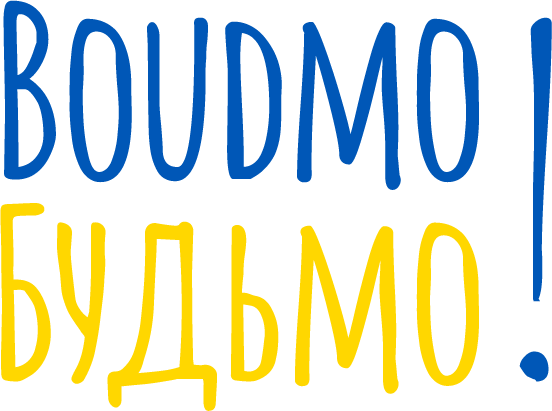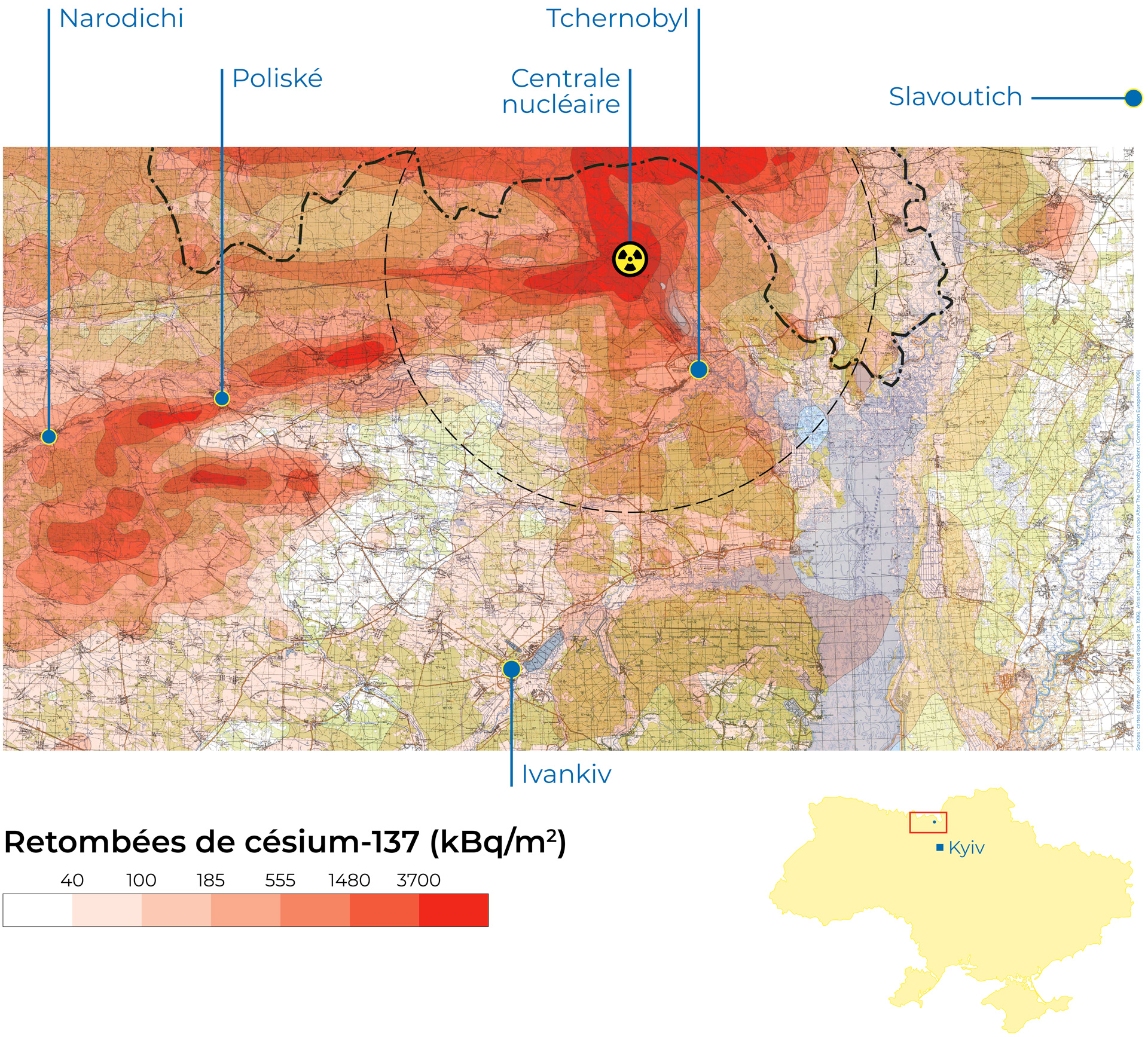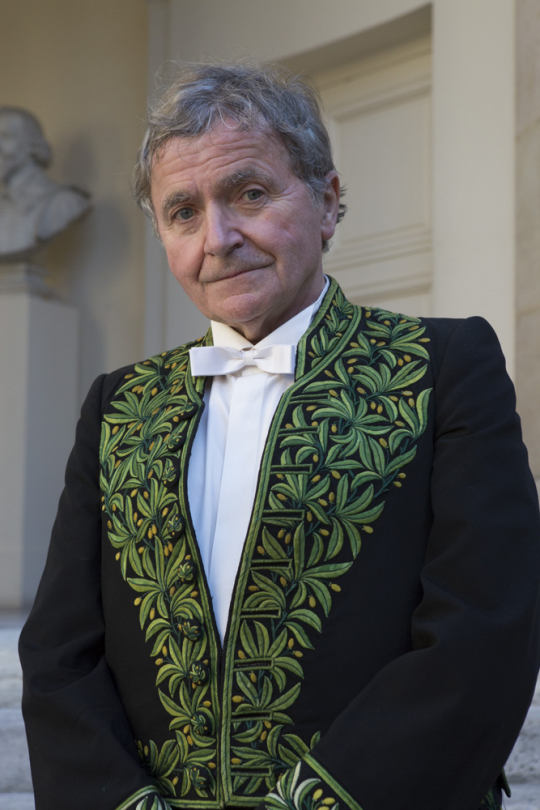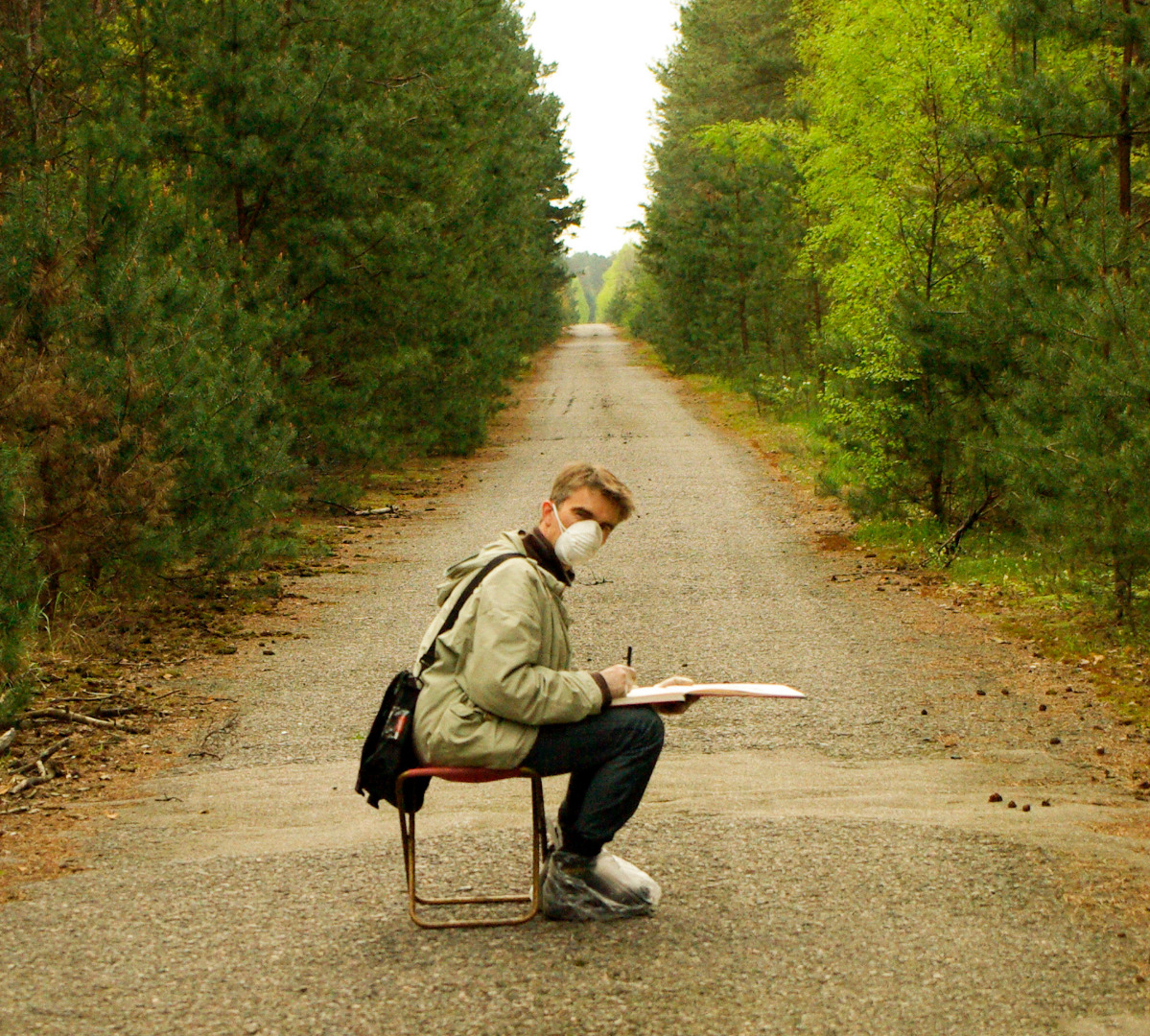Boudmo! (“Let’s be!” in Ukrainian) is a humanitarian organization. Its purpose is to help the Ukrainian war victims and more specifically the people from the Chernobyl area (Ivankiv, Poliské, Narodichi and Slavoutich districts).
Our organization
A word from the President
“Between the Chernobyl area and the founders of the organization Boudmo!, created 36 years after the nuclear disaster right in the middle of the war, bonds have been formed over the past 15 years. Deep human connections grew with the renewed visits of artists, coming to convey the exceptional yet daily post-disaster reality through words, pictures and sounds.
The friendships woven over the years of meetings and dialogue were brutally shaken by the Russian invasion. The vulnerable zone of the accident and its resources of humanity is now subject to yet another disaster, new dangers and more destruction, confirming man's proclivity to blindly destroy what he has erected.
In order to effectively support the inhabitants of this area, an official structure was necessary to ensure that our funds would meet their needs in a safe and sustainable way. The contributions of each and every one of us, and the involvement of the artists who have already begun to share their talents for the benefit of our project, will make this possible.
While it is obviously urgent to take action, the surge towards the population of Chernobyl is not something that started recently and Boudmo! wishes to extend it further.
This site is launched on April 26, as it should be. The follow-up is on its way...”
Le mot du vice-président
“Avant de lire la Supplication, le livre-monument de Svetlana Alexievitch, je ne savais pas grand-chose de Tchernobyl. Avant d’y aller, je ne l’aurais pas situé sur une carte.
Avant de séjourner dans le sud-ouest du réacteur accidenté, dans cette petite zone de Volodarka plus ou moins épargnée par les retombées et qui deviendrait notre base, je n’avais pas idée que des gens y vivaient.
Avant de manger et de boire avec ces villageois, riverains de la zone interdite, la langue ukrainienne me semblait indéchiffrable (où commençaient les mots ?).
Avant d’arpenter la zone contaminée du secteur de Rudnia, — pour photographier ce premier jet de décroissance obligatoire (l’évacuation manu militari d’une zone fertile), enregistrer l’empire du vent (après l’homme), écrire que la vie pouvait se passer de nous, l’éprouver —, je ne savais pas à quel point il était précieux de retrouver des humains.
Nous y sommes retournés pendant des années, nous avons vu les enfants grandir, Morgan chantait leurs chansons avec assez de cœur pour mettre la larme à l'œil des flics qui nous arrêtaient sur la route de Kyiv. On disait Kiev alors.
Ce tableau sentimental, improbable s’agissant d’une catastrophe industrielle, abondamment détaillé sur Radio-Tchernobyl, a révélé sa nature avec l’invasion russe : nous avons de la famille là-haut, à la frontière nord. Et tant que le téléphone et les virements bancaires fonctionnent, nous faisons comme tous les humains sur terre avec leurs proches éloignés.”
— Anne Amor, president
— Pascal Rueff, vice-président
Olga's word
Translator and friend, Olga Mitronina has been with us since 2008.
“Greetings, I am from Ukraine. In fact,we all here are kinda from Ukraine, some by nationality and passport, some by worldview and spirit.
I know the founders of the non-profit organisation Boudmo! since May 2008. I have been a translator for the artists who came to Ukraine to see, understand and speak about life after the tragedy of 1986. We met a lot of different people who lived near Tchernobyl, they are kind, unfortunate, talented, lonely but still unspeakably strong. French artists were discovering the Exclusion Zone, they discovered it for themselves and for the whole world, and they were always honest..
Yet, in January, I was thinking about how to combine my work and another trip to the Zone with French. And the war came in february. The North of Kyiv region, the district of Poliske was one of the first to be occupied by the russian army. More than a month - no news from there. More than a month - only guesses and hopes. The prayers have been heard, it is time now to help the people of the Chernobyl region. They are truly worth it: they did not surrender either to radiation or to the visible enemy.
And it's time to plant the potatoes, because, you know, potatoes are life.
Let's be honest: we need help. We need money for fuel, fertilisers, generators, seeds, medicines… A lot is needed. But the main thing the inhabitants of the region have is the will to live and the belief that nature / good always win.”
— Olga M., translator
Help out
With your membership
With your donation
The Chernobyl sector
The Chernobyl sector can be understood in the sense of the districts of Ivankiv, Poliské, Narodichi and Slavoutich.
Honorary members
Boudmo! is supported by Jean Gaumy and Emmanuel Lepage, its first two honorary members.
Jean Gaumy
Field photographer, member of Magnum Photos, Academician, Monsieur Jean first came to Volodarka in 2008 just after the last artists in residence had left . He would come back the following year and again in 2019.
In the meantime, he captured in Fukushima the headlong rush of two briefly converging temporalities, that of the atom and that of humankind.
Only high levels of radioactivity can show up on film. Below, it all remains a hint. Gutted buildings, that do not owe it to the war. Intense vegetation tangles. Women and men wrestling with the rustic banality and the invisible underlayer - the watermark - of the accident.
Upon the outbreak of war, Jean is concerned about Olga, Pasha and our hosts up there.
“If I can be of any help, I am with you.”
— Jean Gaumy
Emmanuel Lepage
Author of comics, Emmanuel came to Volodarka in 2008. With his fellow artist Gildas Chasseboeuf, they had been entrusted by Les Dessin'acteurs with the mission to produce a book together, proceeds of which would be donated to the organization Les Enfants de Tchernobyl. This book will be "Les Fleurs de Tchernobyl".
Shaken by this weird experience, and feeding on his documentary work at the Islands of Desolation, Emmanuel drew his Springtime in Chernobyl in 2012. A book in which the beauty of the world has to deal with contamination.
Upon the outbreak of the war, Emmanuel offers to sell original plates of Un printemps à Tchernobyl.
“We lived in October Revolution Street.
Every day, the children of the village would bring us armfuls of flowers. We would draw together to the sound of the harp and play hide and seek in the empty houses.
The spring was bursting and the wind would carry flower petals.
We were twenty kilometers away from the Exclusion Zone.
I had thought I’d be walking through places where death was lurking and here life was, taking hold of me.
The Russian tanks that came in through there in their attempt to take Kiev have occupied "our" village. They have retreated, leaving behind them only violence and desolation.
A land once more battered. A land we must relentlessly rebuild.
Boudmo was our call every night when we would toast, holding a glass of vodka. Unrelentingly : Here's to life!”
— Emmanuel Lepage



